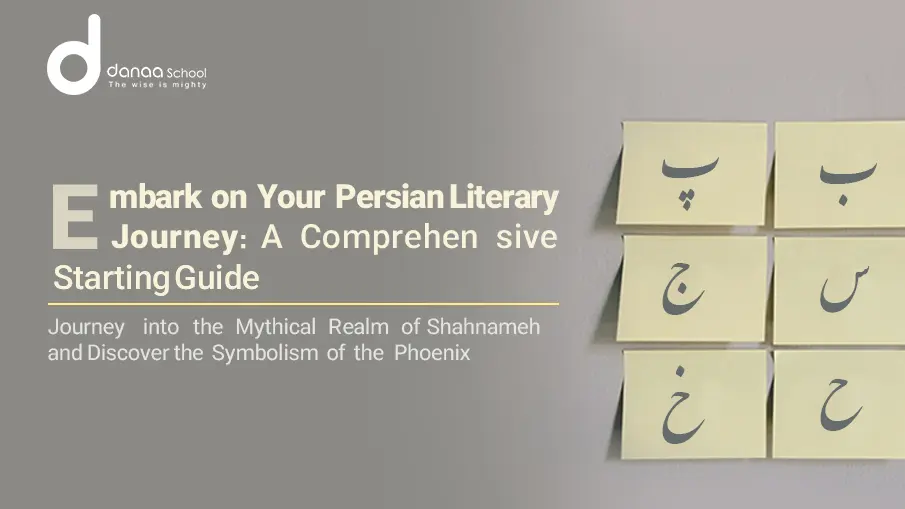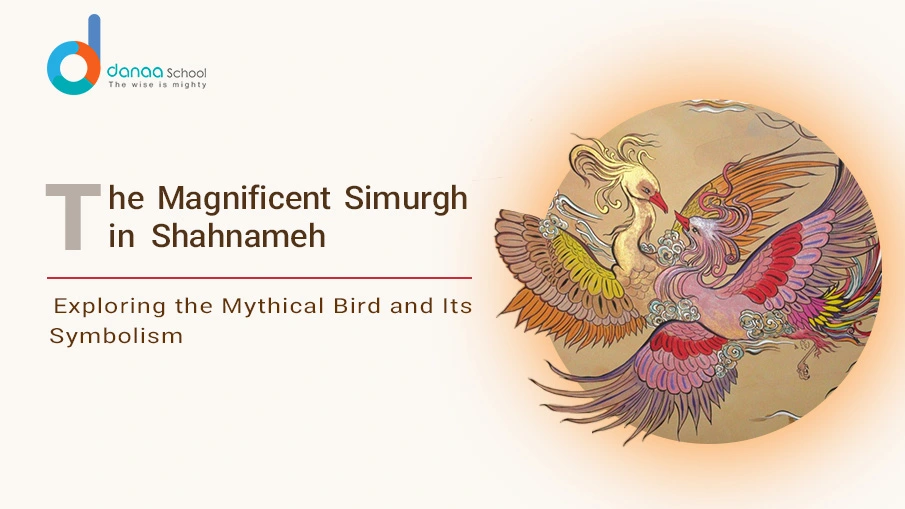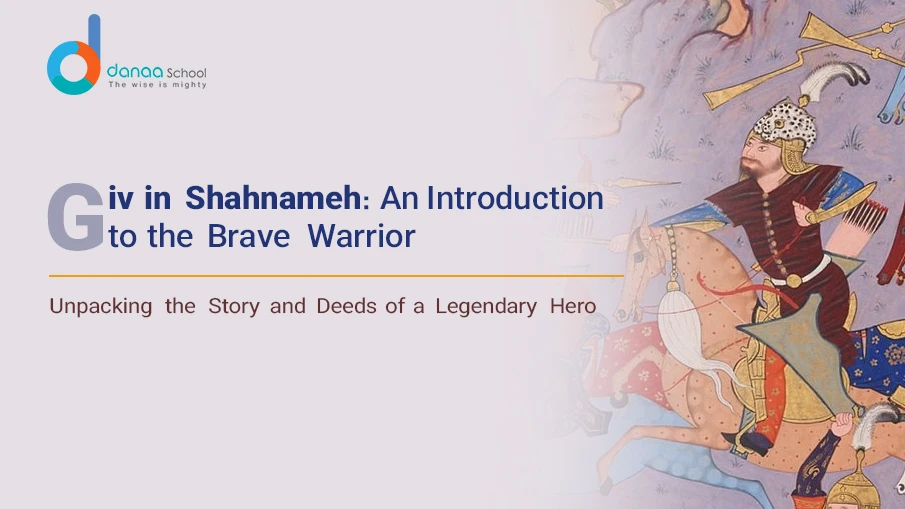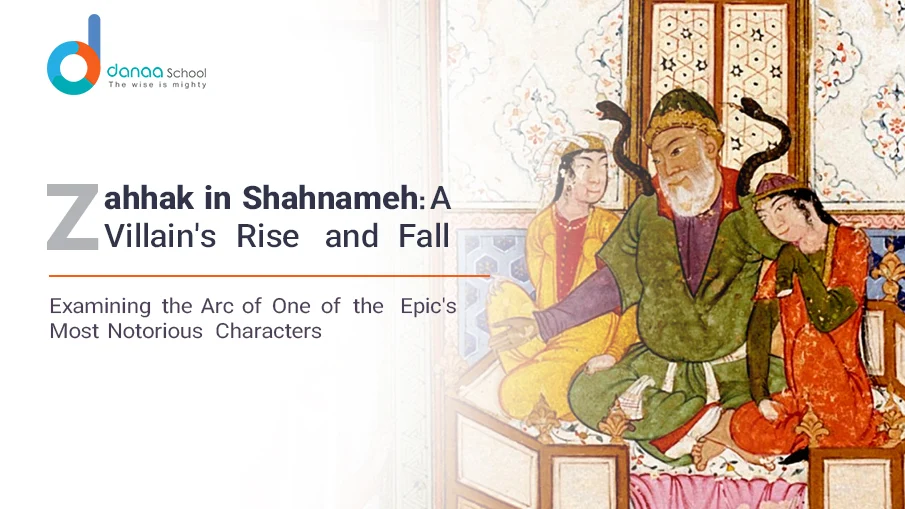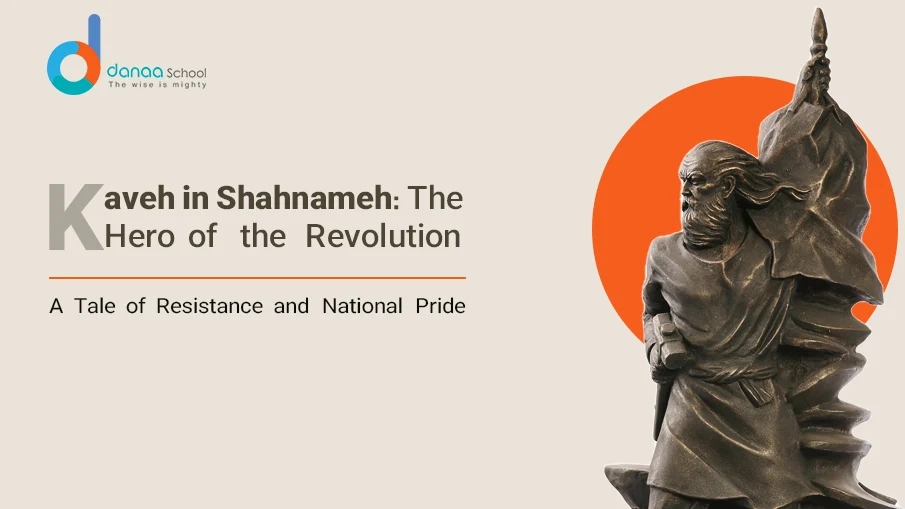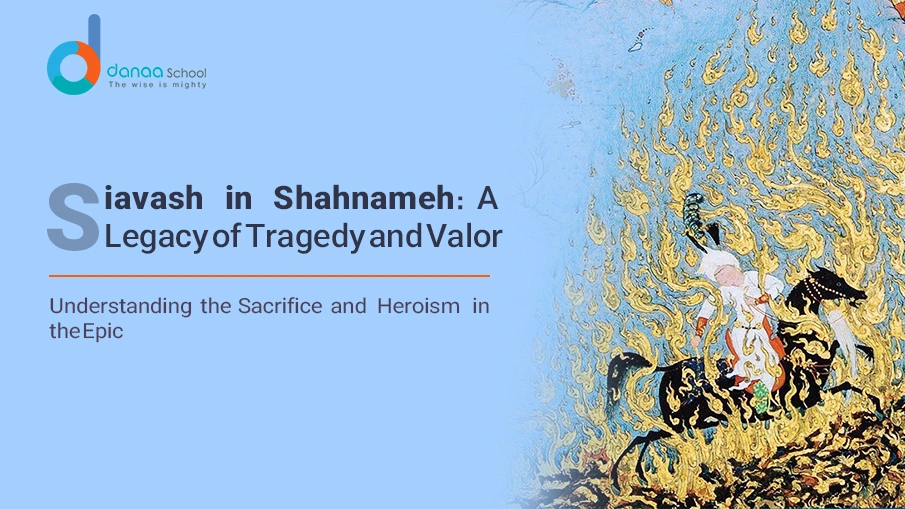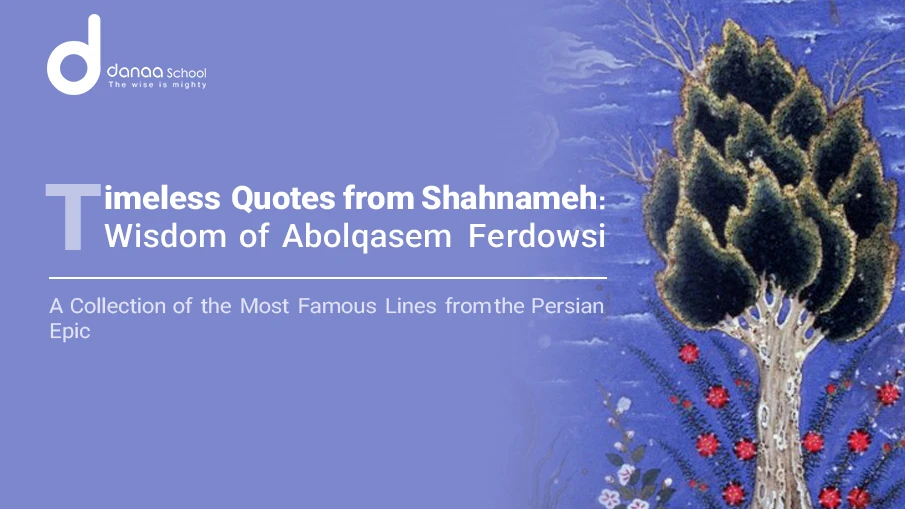The Mythical Phoenix in Shahnameh
Shahnameh, the epic Persian poem written by Ferdowsi, is not only a treasure trove of ancient Iranian lore but also a repository of mythical creatures that have captivated audiences for centuries. Among these fantastical beings, the mythical Phoenix in Shahnameh stands out as a symbol of resilience, immortality, and rebirth. In this article, we delve into the rich tapestry of Shahnameh to explore the origins, symbolism, and significance of the mythical Phoenix.
Introduction
The Phoenix, known as Simurgh in Persian mythology, is a majestic bird said to possess the ability to rise from its own ashes, symbolizing eternal renewal and regeneration. In Shahnameh, this mythical creature is depicted in various contexts, each carrying profound allegorical meanings that have fascinated readers for generations.
Origin in Shahnameh
The depiction of the Phoenix in Shahnameh can be traced back to ancient Persian folklore, where it is believed to have originated as a symbol of the sun and its cyclical nature. Over time, this symbolism evolved, and the Phoenix came to represent spiritual enlightenment and the triumph of good over evil, reflecting the cultural and religious beliefs of the time.
Symbolism and Meaning
In Shahnameh, the Phoenix embodies several layers of symbolism, including immortality, purity, and the cyclical nature of existence. Its fiery plumage and regenerative abilities symbolize the eternal cycle of creation, destruction, and rebirth—a theme that resonates throughout Persian literature and philosophy, offering profound insights into the mysteries of life and death.
Characteristics and Traits
Immortality
The Phoenix is often portrayed as immortal, with the ability to live for thousands of years before undergoing a process of self-immolation and rebirth. This immortality signifies the timeless nature of the Phoenix’s essence and its enduring presence in the collective consciousness of humanity, inspiring awe and wonder in those who encounter its legendary tales.
Rebirth and Regeneration
One of the most iconic traits of the Phoenix is its ability to rise from its ashes, signifying the endless cycle of death and renewal. This theme of rebirth and regeneration speaks to the resilience of the human spirit and the innate capacity for growth and transformation, offering hope and inspiration to all who face adversity.
Connection to Fire
The Phoenix’s association with fire further emphasizes its transformative nature, symbolizing purification and spiritual enlightenment. Fire, in many cultures, is seen as a purifying force, capable of burning away impurities and facilitating the process of renewal and transformation, highlighting the Phoenix’s role as a symbol of inner strength and spiritual growth.
Role in Shahnameh
In Shahnameh, the Phoenix plays a multifaceted role, appearing as a guardian of wisdom, a symbol of divine providence, and a harbinger of change. Its presence in the epic serves to underscore the themes of resilience and transcendence in the face of adversity, inspiring heroes and kings alike to rise above their circumstances and embrace their destinies with courage and determination.
Stories and Legends
Throughout Shahnameh, some numerous stories and legends feature the Phoenix as a central figure. From its mythical birth to its epic journey across the heavens, these tales celebrate the Phoenix’s enduring legacy and its role in shaping the destiny of heroes and kings, weaving a rich tapestry of adventure and intrigue that captures the imagination of readers young and old.
Interpretations and Allegories
The Phoenix’s symbolism in Shahnameh extends beyond the literal to encompass broader allegorical meanings, including spiritual enlightenment, moral purity, and the quest for immortality. Its presence serves as a reminder of the cyclical nature of life and the eternal struggle between light and darkness, offering readers profound insights into the human condition and the mysteries of the universe that transcend time and space.
Influence in Literature and Culture
Beyond Shahnameh, the Phoenix has left an indelible mark on literature and culture worldwide, inspiring countless works of art, poetry, and music. Its enduring appeal continues to captivate audiences of all ages, serving as a timeless symbol of hope, renewal, and transformation. From ancient mythologies to modern-day storytelling, the Phoenix remains a potent symbol of resilience and transcendence, inspiring individuals to embrace change and cultivate their inner strength in the face of life’s challenges.
Why Danaa School?
At Danaa School, we believe in the power of myth and legend to inspire and educate. Our curriculum is designed to explore the rich tapestry of world mythology, including the timeless tales of Shahnameh and the mythical Phoenix. By studying these ancient texts and their cultural significance with our classes, students gain a deeper understanding of themselves and the world around them, fostering creativity, critical thinking, and empathy. Join us at Danaa School and start a journey of discovery and enlightenment unlike any other, where the wisdom of the ages comes alive in the hearts and minds of our students.
Conclusion
In conclusion, the mythical Phoenix in Shahnameh occupies a unique place in the rich tapestry of Shahnameh, where it serves as a potent symbol of resilience, rebirth, and spiritual enlightenment. Through its timeless tales and allegorical meanings, the Phoenix continues to inspire and captivate audiences, reminding us of the enduring power of myth and legend to transcend time and space, offering hope and inspiration to all who seek wisdom and understanding in the journey of life. Join Danaa School Today and start learning Farsi today.
FAQs
1. **Is the Phoenix mentioned in other mythologies besides Shahnameh?**
Yes, the Phoenix appears in various mythologies, including Greek, Egyptian, and Chinese folklore, each with its own unique interpretations and symbolism.
2. **What is the significance of the Phoenix’s ability to rise from its own ashes?**
The Phoenix’s ability to regenerate symbolizes renewal, transformation, and the cyclical nature of life and death, offering hope and inspiration to all who face adversity.
3. **How does the Phoenix’s role in Shahnameh differ from other mythological depictions?**
In Shahnameh, the Phoenix is often portrayed as a guardian of wisdom and a symbol of divine providence, reflecting the epic’s distinct cultural and religious context, and inspiring readers to embrace their destinies with courage and determination.
4. **Why is the Phoenix associated with fire?**
Fire symbolizes purification and transformation in many cultures, making it a fitting element for the Phoenix, which embodies themes of renewal and regeneration, offering profound insights into the mysteries of life and death.
5. **What lessons can be learned from the stories of the Phoenix in Shahnameh?**
The tales of the Phoenix in Shahnameh teach us about the importance of resilience, perseverance, and the enduring power of hope in the face of adversity, inspiring readers to cultivate their inner strength and embrace change in the journey of life.
6. **Is the Phoenix considered a deity in any culture?**
While the Phoenix is often revered and associated with divine qualities, it is not explicitly worshiped as a deity in any known culture. Instead, it is typically viewed as a powerful symbol representing spiritual enlightenment, renewal, and transcendence.
7. **Are there any real-life birds that inspired the myth of the Phoenix?**
While the Phoenix is a purely mythical creature, some scholars speculate that its legend may have been influenced by sightings of real birds with fiery plumage, such as certain species of tropical birds or birds of prey. However, there is no concrete evidence to support this theory, and the Phoenix remains firmly entrenched in the realm of myth and legend.



